DECEMBER 2022
The Patterns of Japan
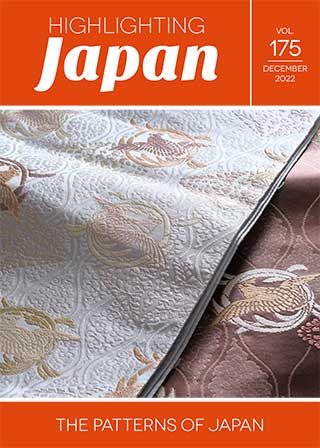
INDEX
-
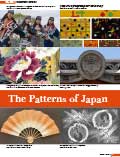
- THEME FOR DECEMBERThe Patterns of Japan
-
The first patterns to appear on the Japanese archipelago were created more than 10,000 years ago in a time called the Jomon period, named after the cord patterns (jomon) characteristic of the pottery of the period. Later, patterns from overseas began to reach Japan, and over time these patterns were remade in Japanese style. The patterns became increasingly diverse and were applied in various ways to everything from clothing such as kimonos to folding fans, lacquerware, ceramics and buildings. In this month’s issue of Highlighting Japan, we take a look at some of the wide variety of patterns familiar in Japan today.
FEATURES
-
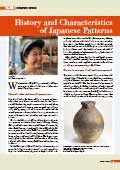
- History and Characteristics of Japanese Patterns
-
An interview with Fuji Eriko, a researcher of Japanese patterns
- PDF(633KB)
-
HTML
-

- Yusoku Monyo, the Origin of Japanese Patterns
-
The Yusoku monyo patterns used first by the aristocracy in the Heian period (late 8th to end 12th century) form the basis for the various patterns that developed in Japan.
- PDF(1,274KB)
-
HTML
-

- Kamon, Japanese Family Crests, Their History and Features
-
The Japanese family crests, or kamon, have distinctive features, an abundance of motifs, and are skillfully designed.
- PDF(616KB)
-
HTML
-
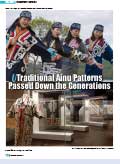
- Traditional Ainu Patterns Passed Down the Generations
-
The patterns of the indigenous Ainu people “are truly beautiful and powerful, and an energy seems to pour out when looking at them”?Kitajima Isayka, curator of the National Ainu Museum
- PDF(463KB)
-
HTML
-
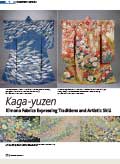
- Kaga-yuzen: Kimono Fabrics Expressing Traditions and Artistic Skill
-
Kaga-yuzen is a traditional kimono dyeing method that developed in Kanazawa City and surrounding areas in Ishikawa Prefecture.
- PDF(698KB)
-
HTML
-
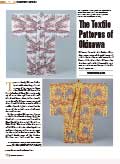
- The Textile Patterns of Okinawa
-
Owing to its location on historical maritime trade routes, Okinawa has been influenced by many countries, including in the development of its own distinctive patterns.
- PDF(584KB)
-
HTML
-
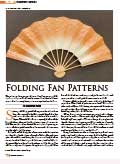
- Folding Fan Patterns
-
Japan’s traditional sensu folding fans are still typically decorated with scenes from classical literature or certain set auspicious patterns.
- PDF(580KB)
-
HTML
-
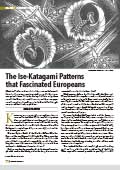
- The Ise Katagami Patterns that Fascinated Europeans
-
Ise Katagami, a well-known type of Japanese paper stencil, were brought to Europe in the first half of the 19th century and fascinated people there.
- PDF(723KB)
-
HTML
Also
-

- PRIME MINISTER’S DIARY
-
- PDF(119KB)
-
HTML
-

- POLICY-RELATED NEWSMeasures to Ensure Security in Cyberspace
-
- PDF(1,187KB)
-
HTML
-

- SCIENCE & TECHNOLOGYNeedles That Reduce the Pain of Injections
-
- PDF(241KB)
-
HTML
-
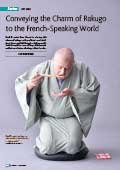
- MY WAYConveying the Charm of Rakugo to the French-Speaking World
-

- INTERNATIONAL COOPERATIONPopularizing Tokkatsu in the Egyptian Classroom
-
- PDF(448KB)
-
HTML


